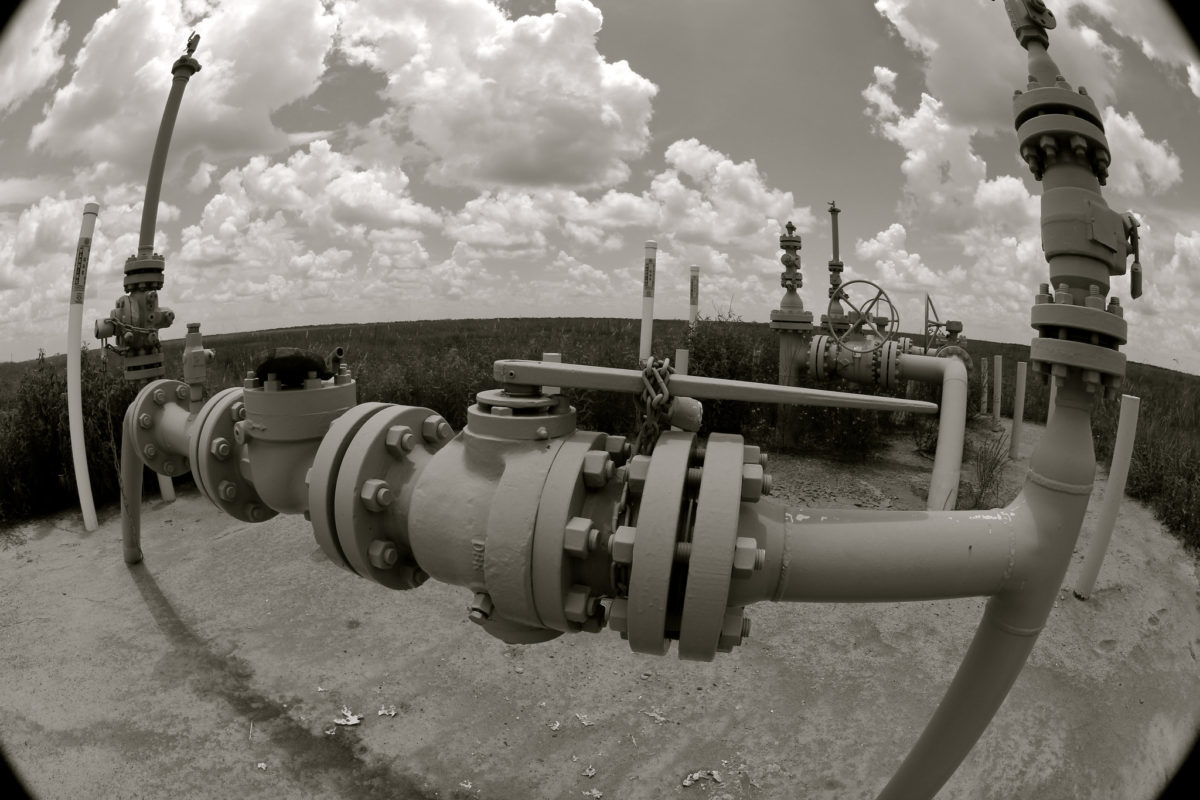The Queensland government is investing $19 million to propel the development of a sustainable hydrogen industry which it says has the potential to be as successful as the state’s liquified natural gas (LNG) industry.
The bulk of the investment – $15 million – will be used to support an industry development fund. The fund is scheduled to open on 1 July and further information such as eligibility criteria and funding guidelines will be available then.
The five-year strategy will seek to ensure the growth of a renewable hydrogen industry in Queensland with a focus on: supporting innovation, facilitating private investment, effective policy frameworks, building community awareness and facilitating skills development.
“In the sixties it was the Space Race,” Premier Annastacia Palaszczuk said. “This century is all about energy. Queensland is at the forefront of hydrogen development. We aim to keep it that way.”
The global market for hydrogen is forecast to reach US$155 billion by 2022 as demand rises in Asia. With its skilled workforce and abundant renewable energy resources, Australia is well placed to tap into the green hydrogen boom.
“The energy production from renewable hydrogen is something that has long been possible, however, conditions are now more favourable for this industry to develop locally,” Minister for State Development, Manufacturing, Infrastructure and Planning Cameron Dick said. “I’m confident that in partnership with industry, universities and research institutes, we can develop a world-class renewable hydrogen industry here in Queensland.”
In March, Queensland celebrated its first-ever delivery of green hydrogen to Japan, exported by JXTG, Japan’s largest petroleum conglomerate, with hydrogen produced at QUT’s solar cell facility at the Queensland government’s Redlands Research Facility.
To date, the state government has allocated $750,000 for CSIRO to undertake a pre-feasibility study on establishing a hydrogen demonstration plant in Gladstone which will utilise its break-through ammonia membrane technology; and QUT to establish a renewable hydrogen pilot plant at the Redlands Research Facility.
Member for Gladstone Glenn Butcher said Queensland’s vision was to be at the forefront of renewable hydrogen production by 2030, and the strategy will assist in achieving this goal.
“This global transition to a low-carbon future presents tremendous opportunities for Queensland,” Butcher said. “Our state has all the pre-requisites needed to support a renewable hydrogen industry, including solar, wind and biomass, a pro-business government, existing gas pipeline infrastructure, and first-class export facilities, and we’re eager to take advantage of our position.”
This content is protected by copyright and may not be reused. If you want to cooperate with us and would like to reuse some of our content, please contact: editors@pv-magazine.com.









Anyone heard of the Hazer process ? A process tgat enables natural gas to be converted into Hydrogen and Graphite without emissions.
Yeah, I read an article about a company based in WA that has patents using the technology. What in particular interests you about the Hazer process?